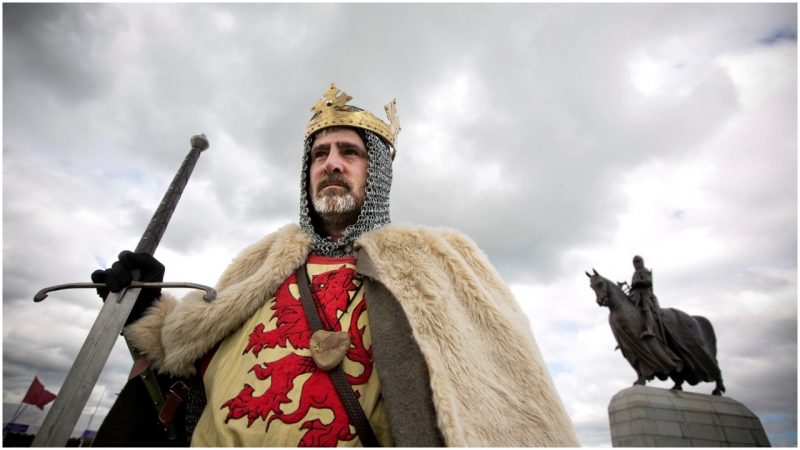Robert the Bruce (1274-1329) is one of the most celebrated figures of Scottish history. He united the majority of the clans and people of Scotland against the English in late 13th and early 14th centuries and re-established a fully independent Scotland, which had not been seen since before the reign of Malcolm III (r.1058-1093).
Though the Scottish kingdom/nation had/has always been involved in some way or another with England, it was not until the reign of Malcolm that the English began to hold the keys to Scottish power.
For the two centuries until Robert the Bruce, English monarchs controlled or influenced events in Scotland to a greater or lesser degree.
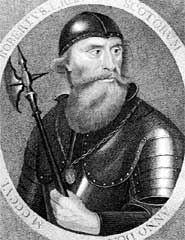
During the reign of Edward I of England, known both as “Longshanks” for his height, and “The Hammer of the Scots” for his punishing reign over and campaigns against them, Scottish politics was dominated by England.
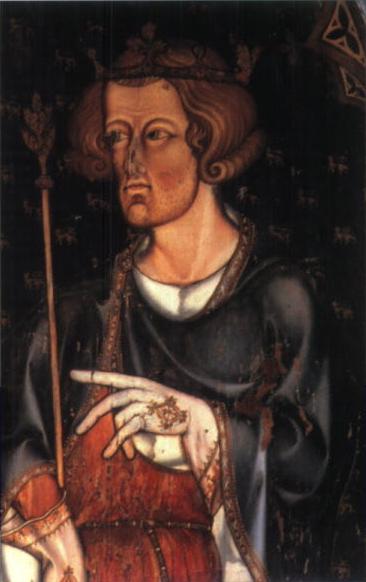
Edward’s political cunning, powerful military, and deep pockets provided the means by which he divided and controlled the Scottish nobility. However, in some circles, Edward’s involvement in Scottish affairs was welcomed, as the noble houses of the Scots were seemingly always at each others’ throats.
In the last decade of the 1200s, the Scottish nobility was divided over the question of succession to the Scottish throne. Edward was invited in to settle the question, and he demanded that no matter who should be on the throne, they should recognize him as overlord.
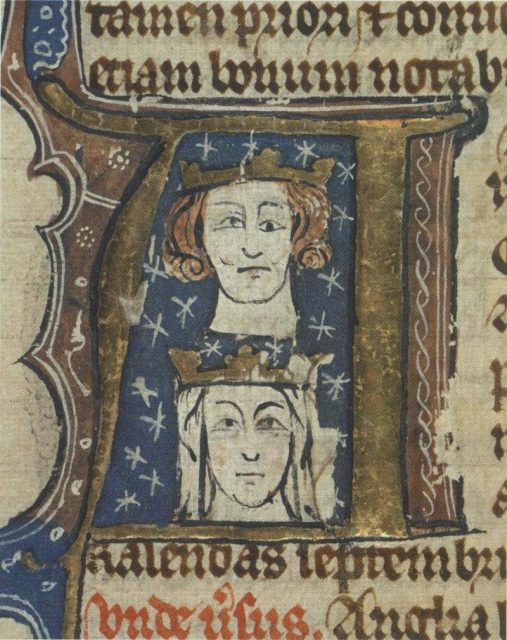
Though there were as many as 14 men who claimed the throne of Scotland, the two with the most solid claims were John Balliol, a nobleman of likely Scottish and Anglo-Norman roots, and Robert the Bruce.
Who was Robert the Bruce, and why is he called that? Simple. His true name was “Robert de Brus,” and he too was descended from the Anglo-Normans that resulted in the mixture of the Anglo-Saxons with the Norman invaders of England in 1066. “de Brus” has Norman-French roots. In modern English? “Robert the Bruce.” Robert was also descended from Gaelic/Scottish nobility, like Balliol.
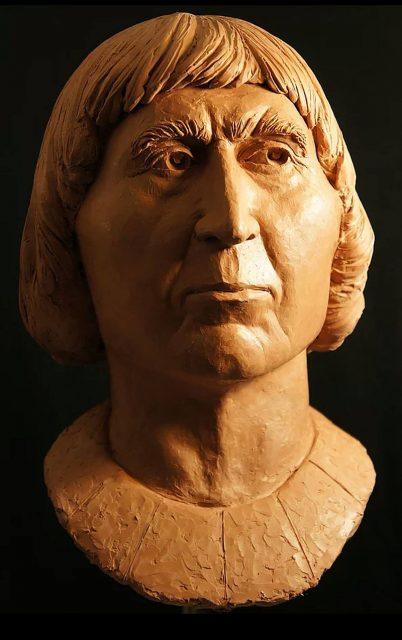
Robert was the 7th Earl of Annandale on his father’s side and the Earl of Carrick on his mother’s, both powerful positions and at the top of Scottish nobility. We know very little of him as a boy, but we do know that he was quite educated, having studied the Classics, philosophy, religion, history and spoke a number of languages.
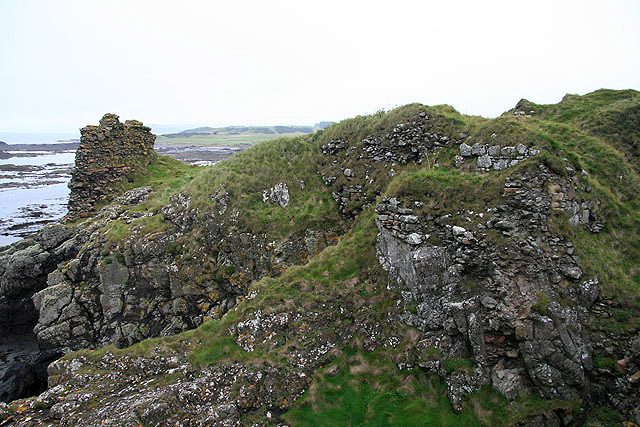
Of course, he was also schooled in the arts of war, from planning to personal combat — like most nobles of the time. He was also familiar with politics from a young age, learning both from his parents, clergy/teachers and also from living in England, where he served in Edward I’s court for a time.
In 2016, a 3D computerized rendering of Robert the Bruce’s face was done, based upon studies of what historians are sure are his bones (the bones even showed the traces of leprosy reportedly carried by the Bruce).
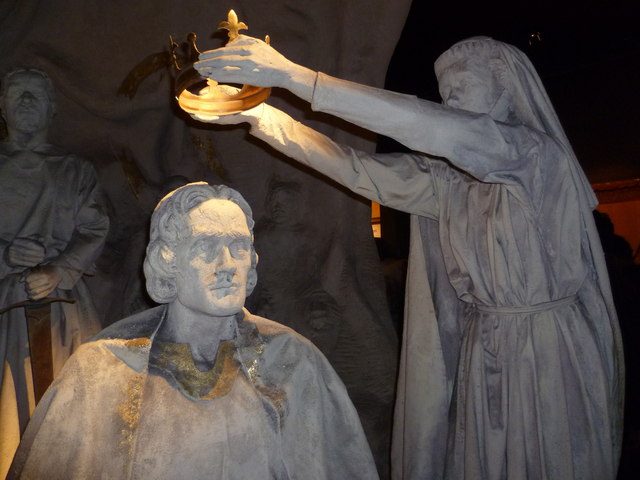
He was not handsome and not ugly, solidly built with a strong well-built bone structure, and was likely somewhere in the neighborhood of 5’9” and likely around 175-185 pounds.
In 1292, the “Auditors” of Scotland chose John Balliol to be King of Scotland. This was not a surprise to most – his claim was as strong as Robert’s and his family quite powerful with ties of kinship to Edward I. In the dispute that followed the choice, Edward stepped in and declared John Balliol to be king.
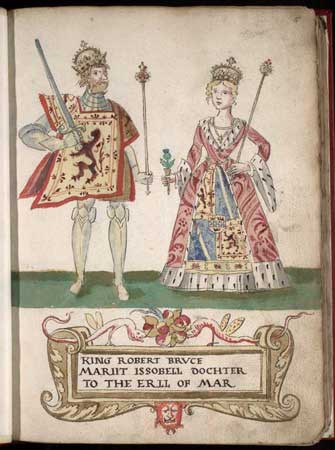
Soon, however, Edward was moving from being overlord in name to taking much of the power in Scotland and side-lining Balliol. Scottish politics were exceedingly Byzantine, and in what might seem a strange move, Robert the Bruce (aged 18) and his powerful father (who had renounced his claim in favor of his son) swore an oath to Edward I in 1296 – but this was more a move against their rival Balliol than for the English king.
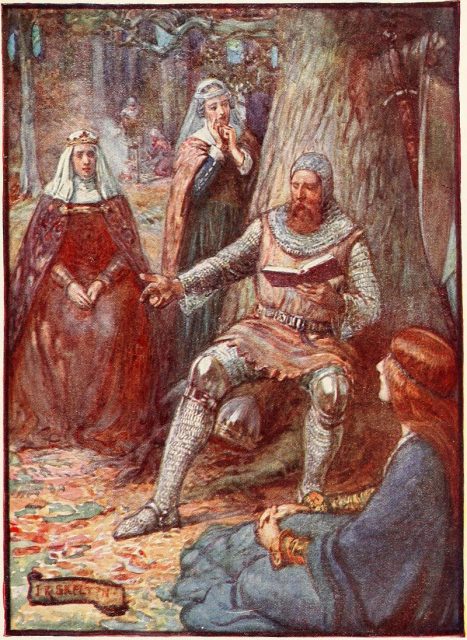
If the only Scottish “history” you know is from the film Braveheart, you might be confused by these events. In the film, Robert the Bruce personally strikes down his friend William Wallace in an act of treachery on behalf of Edward I – this never happened, it was done for dramatic effect. The truth is more complicated.
In 1297, many of the Scots revolted against Edward I. From a personal perspective, the Bruce family was in a difficult position.
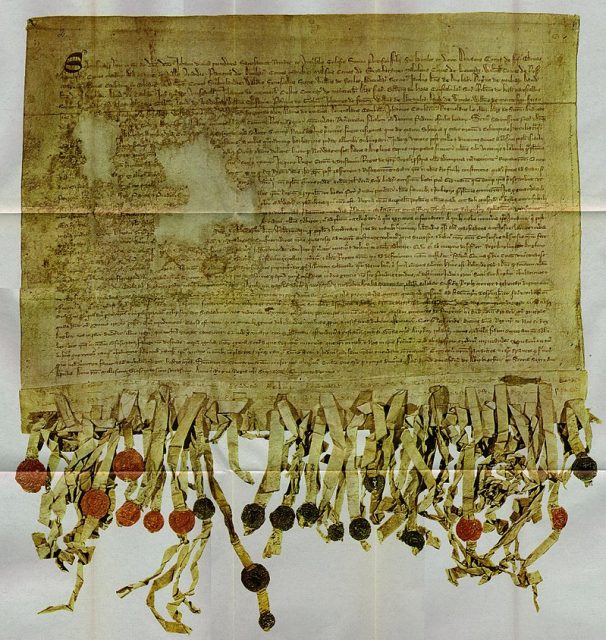
They had sworn for Edward, but more as rivals to John Balliol (who was now rebelling, having been pushed aside by his former ally in England) than friends to the English.
Now, many of the leading families and much of the Scottish population was chafing against increasingly oppressive English rule and the presence of thousands of English troops in Scotland. The man who came to lead this rebellion was the charismatic William Wallace, the subject of the Mel Gibson film.
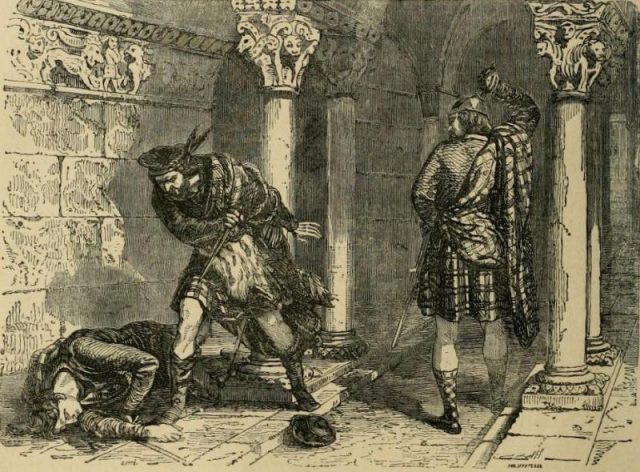
After Wallace won a stunning victory at Stirling, Edward I sent the Bruce and other Scotsmen along with his army to crush the revolt. On the way, Robert had a change of heart and reportedly said: “No man holds his flesh and blood in hatred, and I am no exception. I must join my own people and the nation in whom I was born.”
Unfortunately, the Scots were defeated in 1298, but though Wallace was killed, the Bruce family were allowed to keep their lands in exchange for another vow to Edward I. John Balliol had been forced into exile by Edward, and Robert the Bruce and another Scottish noble, John Comyn, were named “Guardians of Scotland” in 1299.
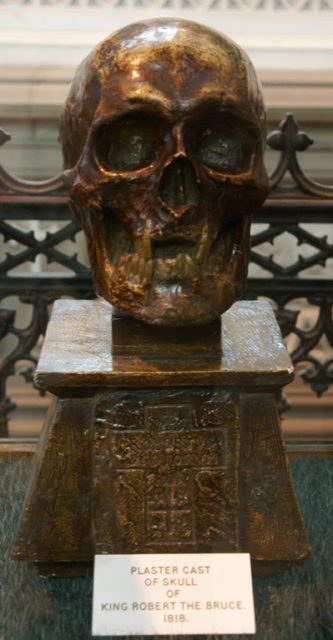
For seven years, the Bruce and Comyn tried to rule Scotland together, but they hated each other with a passion, and both had claims to the vacant Scottish throne. In 1306, the two argued and Comyn was stabbed to death by Robert the Bruce – in church. As a result of this, the pope excommunicated Robert, and Edward I made him “outlaw.”
The only alternative to a life in hiding, on the run or both was to rise up and claim his inheritance. In a separation from the pope in Rome, the Scottish clergy backed Bruce’s claims and declared him King of Scotland on March 25, 1306.
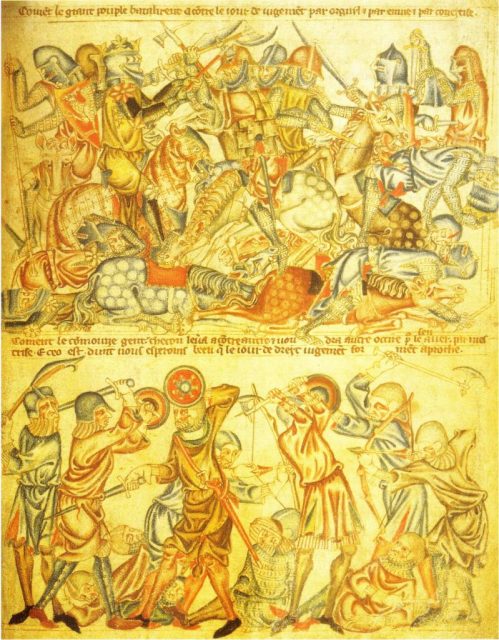
Claiming to be king and being king are many times two different things. Edward of England marched on Scotland, defeated the armies of the Bruce family and its allies, and forced Robert to escape to northern Ireland, where he wintered and returned to Scotland the next year.
Edward I died in 1307, but his son was just as determined to hold Scotland as the father. For the next seven years, Robert the Bruce and his men fought a guerrilla war against Edward II, his army and his few Scottish allies. Finally, in June of 1314, the Scots under the Bruce defeated the English at Bannockburn in Scotland.
Though Bannockburn was the major engagement of the war, the English continued attempts to control Scotland, but all that was accomplished was to push the remaining Scottish nobles into the Bruce’ camp. In 1320, the nobility all swore for Robert, and he became Robert, King of Scotland.
Robert ruled an independent Scotland for another nine years and passed the crown to his son David II in 1329.
